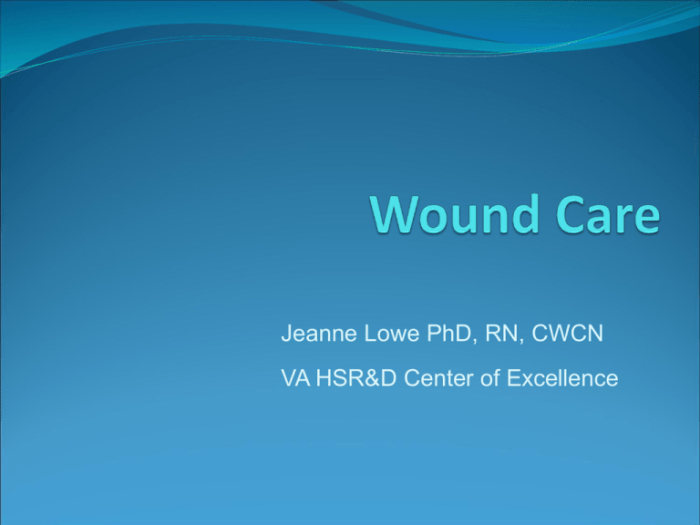Chapter 48 skin integrity and wound care – Chapter 48: Skin Integrity and Wound Care delves into the crucial aspects of preserving the skin’s integrity and managing wounds effectively. Understanding the significance of maintaining healthy skin and recognizing factors that can compromise its integrity is paramount. This chapter provides a comprehensive overview of skin assessment techniques, preventive measures, and management strategies for skin breakdown, including pressure ulcers and other common skin conditions.
By exploring the principles of wound care and the appropriate use of dressings, healthcare professionals can optimize wound healing outcomes and promote patient well-being.
Introduction

Skin integrity is the intactness and normal functioning of the skin. Wound care is the management of wounds to promote healing and prevent complications.
Maintaining skin integrity is essential for overall health and well-being. It provides a protective barrier against infection, regulates body temperature, and allows for sensation and movement.
Factors that can compromise skin integrity include pressure, moisture, friction, and shear. These factors can damage the skin’s protective barrier, leading to skin breakdown and wounds.
Assessment of Skin Integrity
Assessing skin integrity involves inspecting the skin for signs of damage or impairment. This can be done through visual inspection, palpation, and using skin assessment tools.
Signs and symptoms of impaired skin integrity include redness, swelling, pain, tenderness, warmth, drainage, and skin breakdown.
Skin assessment tools, such as the Braden Scale and Norton Scale, can help to quantify the risk of skin breakdown and guide preventive measures.
Prevention of Skin Breakdown
Preventing skin breakdown involves implementing measures to reduce pressure, moisture, friction, and shear on the skin.
Skin care products and devices, such as moisturizers, barrier creams, and pressure-reducing devices, can help to protect the skin.
Proper positioning and handling techniques are also essential for preventing skin breakdown, especially in immobile patients.
Management of Skin Breakdown
Skin breakdown can be managed through wound care principles, including wound cleansing, debridement, and dressing application.
The type of wound care products used will depend on the type of wound, its location, and the patient’s individual needs.
Wound dressings provide a moist environment for healing, protect the wound from infection, and absorb exudate.
Pressure Ulcers
Pressure ulcers are localized areas of tissue damage caused by prolonged pressure on the skin.
Pressure ulcers are classified into four stages, ranging from superficial skin redness to deep tissue damage.
Management of pressure ulcers involves pressure relief, wound care, and nutritional support.
Prevention of pressure ulcers is crucial and involves implementing measures to reduce pressure on the skin, such as frequent repositioning and the use of pressure-reducing devices.
Other Skin Conditions
Other skin conditions that can affect wound healing include infections, allergies, and dermatitis.
Management of these conditions involves addressing the underlying cause and providing appropriate treatment.
Documentation and Education, Chapter 48 skin integrity and wound care
Documentation is essential in wound care to track progress, communicate with other healthcare professionals, and provide evidence of care provided.
Different types of documentation include wound assessment notes, progress notes, and discharge instructions.
Patient education is crucial for promoting self-care and preventing skin breakdown and wound complications.
Questions and Answers: Chapter 48 Skin Integrity And Wound Care
What is the primary goal of skin integrity and wound care?
Maintaining the skin’s integrity and promoting optimal wound healing to prevent complications and infections.
How can skin integrity be compromised?
Factors such as pressure, friction, moisture, and impaired circulation can compromise skin integrity.
What is the importance of proper skin assessment?
Regular skin assessments allow for early detection of skin changes and prompt intervention to prevent further deterioration.




